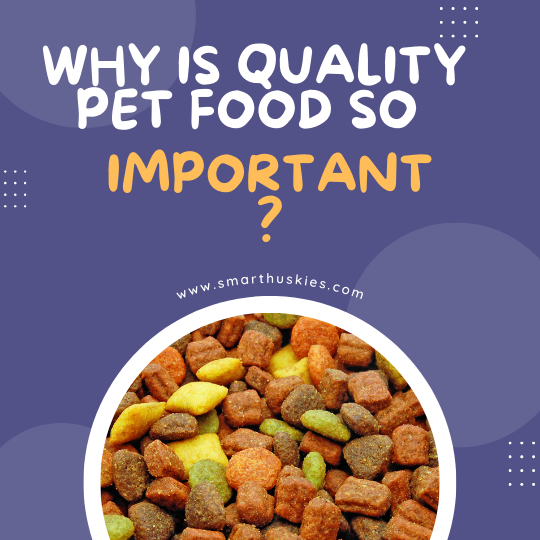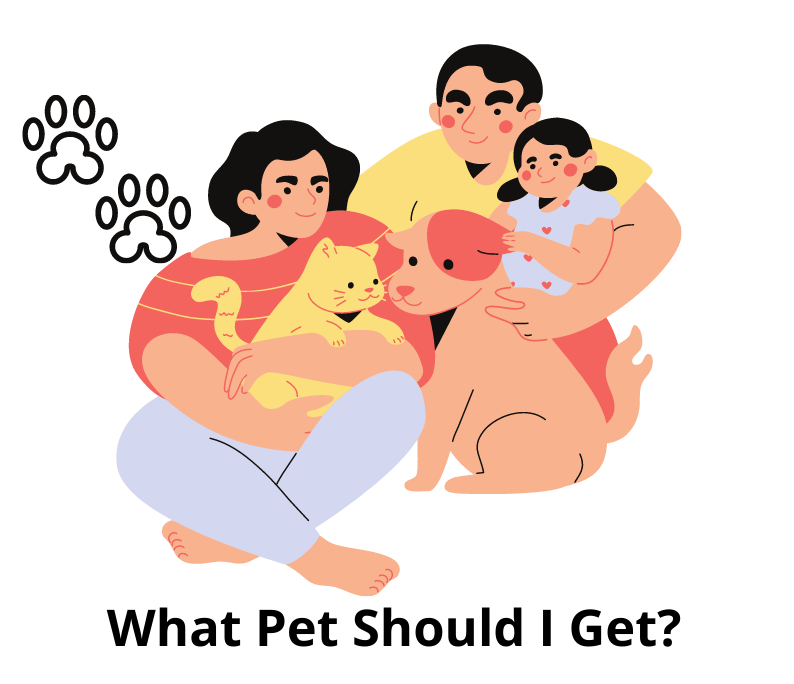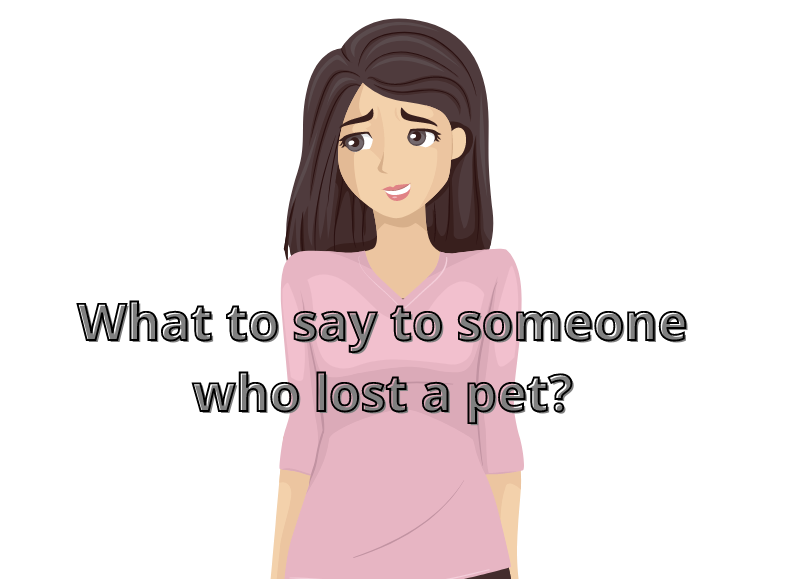Dogs and cats are by a fair stretch most favored pets seen around the world today. It is estimated that there are around 900 million dogs across the planet, with 10% of these being in the US.
When it comes to felines, there are more strays than there are owned cats. Approximately 600 million cats call Earth their home, but only 220 million have a physical home to sleep and eat in.
Not surprisingly then, the diet of a stray cat or dog may leave much to be desired. But, what about your pet? You buy pet food from the local store and assume it is safe for your dog or cat to eat, but is it really?
Table of Contents
Who regulates what goes into pet food?
The national trade association, The Pet Food Institute, points out that the FDA regulates what goes into pet food, and they need to approve all ingredients before they can be included. The Association of American Feed Officials also helps to regulate these ingredients.
Nearly all states require pet food products to be registered within their borders. There lies the first problem. At least two states have no regulation surrounding what goes into pet food, and these include Alaska and Nevada.
But, even with regulation, some of the ingredients included in some pet foods are less than appetizing.
Why is quality pet food so important?

Providing good dog food means that your pet will build muscle, grow strong, and have a healthy immune system. Puppies especially need key nutrients to be able to grow as they should.
For the first 8 weeks, a puppy will grow up to 10% every single day. After this, the growth slows but continues for up to 18 months. For the first 4 months, some puppies will need up to 4 or 5 meals a day for sustained growth.
This food needs to contain highly digestible protein, calcium, fat, and digestible carbs. The word digestible is of immense importance here. Some dog foods contain cellulose which is indigestible. Low-quality vegetable proteins are also hard to digest and are used because they are cheap fillers. Your dog will gain no benefit from eating them.
What should you avoid in pet food?
One of the big problems with pet food today is the retail units where it is sold. Big retail demands that products are shelf stable. This means using all manner of ingredients to provide an extended shelf life. There is little onus on fresh pet food, and most dog or cat owners will have no idea what is in these products.
Understanding what food is harmful to dogs is part of being a pet parent. Most dog owners understand that chocolate is harmful for instance. And most pet owners know that while the odd treat won’t do any harm, dogs and cats shouldn’t be eating human food.
But, what about all the ingredients going into the commercially available pet food? Here are some of the things you may want to look out for next time you read a dog food label.
- PG (Propylene Glycol)
- Corn
- Wheat
- Butylated hydroxyanisole
- Butylated hydroxytoluene
- Food dyes
- Rendered fat
- Ethoxyquin
- Meat and meat meal
- Grain meal
- Xylitol
- Corn syrup
- Cellulose
- MSG
- Farmed salmon
Actually, the list goes on much further, but here are some of the main offenders. You are perhaps wondering what could be wrong with farmed salmon. Well, studies have shown that farmed fish is 3 times more likely to cause cancer than wild fish. Certain pollutants such as mercury are also found in farmed salmon, making this ingredient less than tasty.
Another ingredient to avoid is butylated hydroxyanisole. It is used as a preservative in food but is listed by the state of California as carcinogenic. Workers using butylated hydroxyanisole have to wear protective clothing. The FDA allows the use of butylated hydroxyanisole in pet food to stop fats from being damaged by oxidation.
Many pet foods avoid both butylated hydroxyanisole and butylated hydroxytoluene now, but only because they are so highly processed that BHA and BHT are less necessary.
How do harmful ingredients in pet food affect dogs?
At some point, you may have a moment when you wonder why your dog is not eating. Usually, there is nothing much to worry about. Your dog may simply be feeling under the weather.
However, if your dog is exhibiting certain symptoms it could be that their diet is causing their lack of appetite. The most common cause of allergies in dogs is their diet. After reading some of the potential ingredients that go into pet food it isn’t surprising to see how that could be.
Some of the signs of dog food allergies are:
- Hyperactivity
- Weight loss
- Digestive problems
- Itchiness – ears, paws, and skin
- Lethargy
But even worse, those ingredients that some pet food manufacturers use can lead to heart disease, kidney failure, diabetes, cancer, and pancreatitis.
Summary
Pet food containing lower amounts of carbs and high-quality protein is a preferred choice for many pet experts. Processed ingredients should be avoided, along with fillers and dyes.
If the label on your pet food is disguising or grouping ingredients then they are trying to hide something. Look for pet food that has transparent labeling. This is especially important anywhere where there is no pet food regulation at all.







